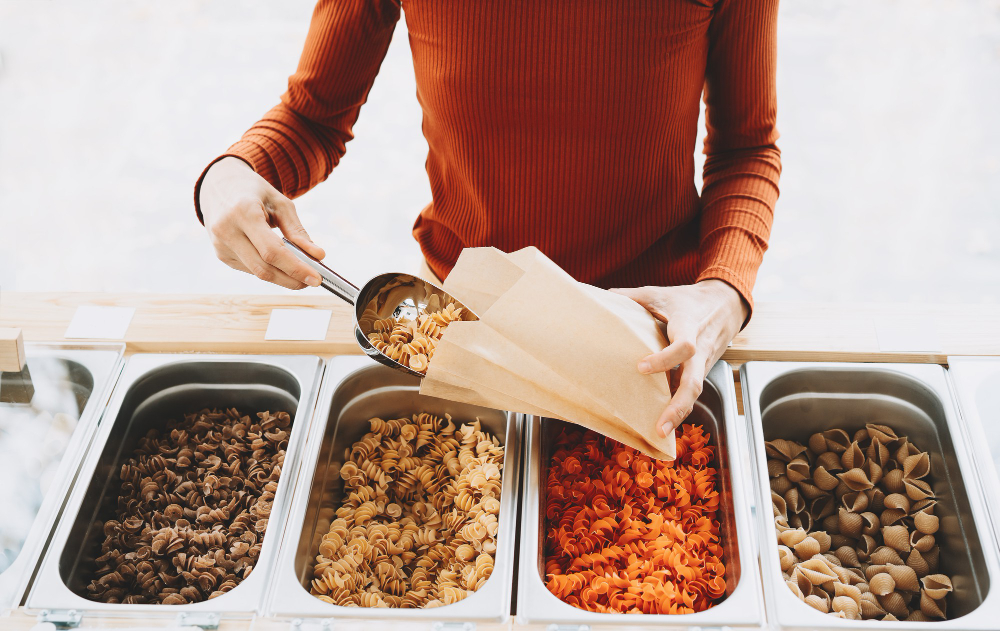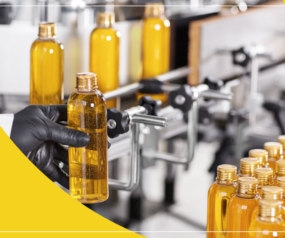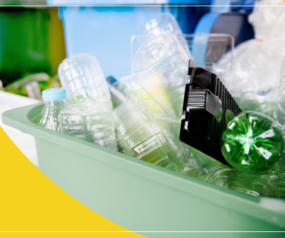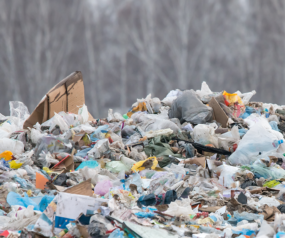What Happens Without Plastic Packaging?
The purpose of product packaging is to safeguard the product contained within it. Moreover, packaging must keep the product secure throughout transit between the manufacturing plant and the store and protect it from harm while the product is on the shelf at the retailer.
Not only that, but the packaging adds to the mystery and excitement of the product. Seeing a beautifully wrapped product entices consumers to open it and produces a sense of curiosity and excitement in their minds about the product. Therefore, there can be no doubt about the importance of product packaging in today’s world of commerce.
Alexander Parkes presented the world with the world’s first manufactured plastic at the Great International Exhibition in London in 1851. The plastic material was initially employed to protect military equipment in 1933, and it was then applied to the packaging of food in the following years.
Since then, the material has proved itself to be efficient, long-lasting, and versatile in packaging applications. However, what happens when we stop using the material?
What Happens Without Plastic Packaging?

Higher expenditures:
Containers and packaging that are a necessary component of the manufactured product are included in the cost of goods sold. Therefore, the more expensive the packaging, the more expensive the product.
In general, the typical plastics are pretty affordable. The primary reason plastics are inexpensive is that they need significantly less energy to manufacture than alternative materials. Second, plastics are manufactured from the waste of petroleum refining that would otherwise be burned or sold at a loss as a raw material for plastics. These factors contribute to the popularity of plastic packaging among enterprises.
However, if we phase out plastic, goods prices will almost certainly increase. Glass, metal, wood, and even cardboard are all examples of high-cost packaging materials.
Shorter shelf life:
In general, shelf life refers to the amount of time a product can be stored before becoming unfit for use or consumption. This is critical because it ensures that the product remains safe and maintains the required features throughout its shelf life.
Plastic packaging safeguards food during transportation and can help increase the shelf life of perishable foods. Additionally, factory-sealed plastic containers and bags aid in the preservation of food’s flavour, texture, and nutrients by excluding air. This ultimately results in less food ending up in landfills.
Without plastics, food and some things would perish. For instance, while paper is easily recycled, it is ineffective in preserving food. Paper is less impervious to air, light, and germs than plastic packaging. Meanwhile, while glass packaging can help preserve food and products, it is quite heavy and expensive.
More contamination:
Chemical residues from the production of packaging materials may contaminate foods when they come into direct contact with them. Moreover, contamination can occur due to impurities introduced during secondary packing, warehousing, and transportation.
Plastic packing protects the contents physically. This minimises the risk of contracting illnesses and diseases due to pollution. Without the protection that plastic packaging provides, consumers, face a greater risk of infection from dangerous bacteria.
Less customisation:
Size, material, and volume are all characteristics that are considered while constructing packaging. Custom packing is boxing designed expressly for your business and the product you are manufacturing and shipping.
In general, without unique packaging for your business, you will struggle to differentiate yourself from the competition and have a less favourable response from customers if the box or other package is bland and dull.
One of the primary benefits of plastic packaging is that it enables businesses to personalise their size, style, and other characteristics. Plastics technology’s inherent versatility in terms of raw materials and processing procedures empowers the creation of packaging with an unlimited number of shapes, colours, and technical features. Additionally, companies can be more creative by printing their plastics with their logo to increase brand awareness. While customising other packaging materials, such as paper, is conceivable, customising plastic is always quicker and more convenient. Most importantly, there are unlimited available choices when working with plastic material in particular.
Limited packaged items:
Plastic allows the transportation of liquids, powders, and other easily degradable materials. Without plastic, businesses will struggle to secure these things effectively.
Lack of durability:
When selecting a packaging material, it is critical to choose something reused and is impact resistant. Plastics are frequently chosen for applications requiring toughness and impact resistance. Carbon-to-carbon bonds bind these long molecules together, and it is precise because of these bonds that plastics are so persistent and non-biodegradable.
Furthermore, plastic can be just as strong as steel. This toughness shields your goods from the rigours of production and shipment. Plastic packaging, in general, ensures that your product arrives on store shelves or in your consumers’ homes in mint condition.
No recyclability:
Finally, one of the best advantages of using plastic is its ability to be recycled. Recycling plastic waste products help alleviate pressure on the earth’s finite resources. Furthermore, by reusing plastic, we are essentially lowering the plastic’s footprint on landfills worldwide.
Final thoughts:
Overall, we can all agree that plastic packaging brings immeasurable advantages. However, problems arise when plastic wastes are not disposed of properly. Therefore, all businesses and consumers alike should know responsible ways to dispose of and deal with plastic packaging altogether.
Sustainable plastic packaging
At Plas-Pak (WA), we believe in our obligation to the environment. Our corporate policies and procedures ensure that plastic packaging waste is minimised and that energy is conserved wherever possible. Our goal is to create and supply products made entirely of recyclable plastic. By definition, this refers to packaging that complies with approved recyclability design requirements.





